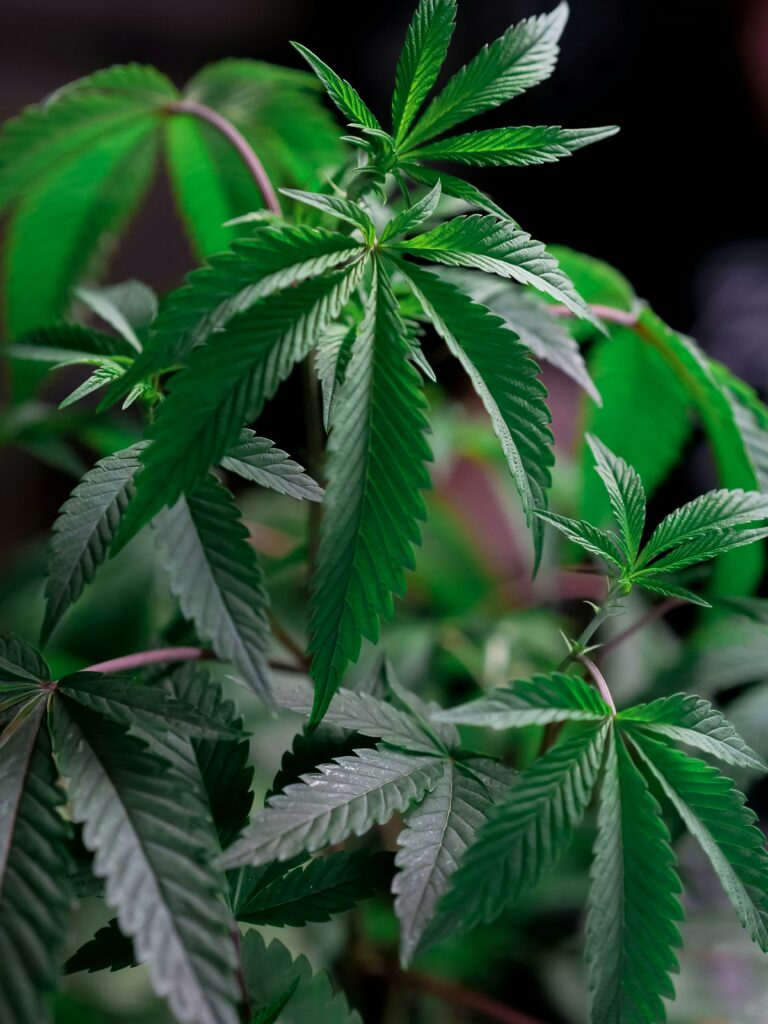Marijuana, also known as cannabis, is a plant that has captured the attention of millions around the world. From its medicinal uses to its role in recreation, marijuana has been a topic of interest, debate and often confusion. But what really is marijuana?
Origin and Composition
Marijuana is a plant belonging to the Cannabaceae family, which includes three main species: Cannabis sativa, Cannabis indica and Cannabis ruderalis. Of these, Cannabis sativa and Cannabis indica are the most commonly cultivated and consumed.
What makes marijuana so intriguing are the unique chemical compounds it contains, known as cannabinoids. The most famous of these cannabinoids is tetrahydrocannabinol (THC), which is responsible for the psychoactive effects marijuana produces. However, the plant also contains other important cannabinoids, such as cannabidiol (CBD), which has been associated with a variety of health benefits and does not produce psychoactive effects.
Uses and Applications
Marijuana has been used for a variety of purposes throughout history. For thousands of years, it has been valued for its medicinal properties. It has been used to relieve pain, reduce inflammation, control nausea and stimulate appetite, among other therapeutic uses.
In addition to its medicinal applications, marijuana is also used recreationally for its psychoactive effects. Many people use it to relax, socialize or simply to experience a change in perception and awareness.
In short, marijuana is a fascinating plant with a rich and complex history. From its medicinal uses to its recreational effects, this plant continues to be the subject of study and debate around the world. Whether viewed as a panacea or a threat, marijuana will undoubtedly continue to play an important role in society as we continue to explore its many nuances and applications.
